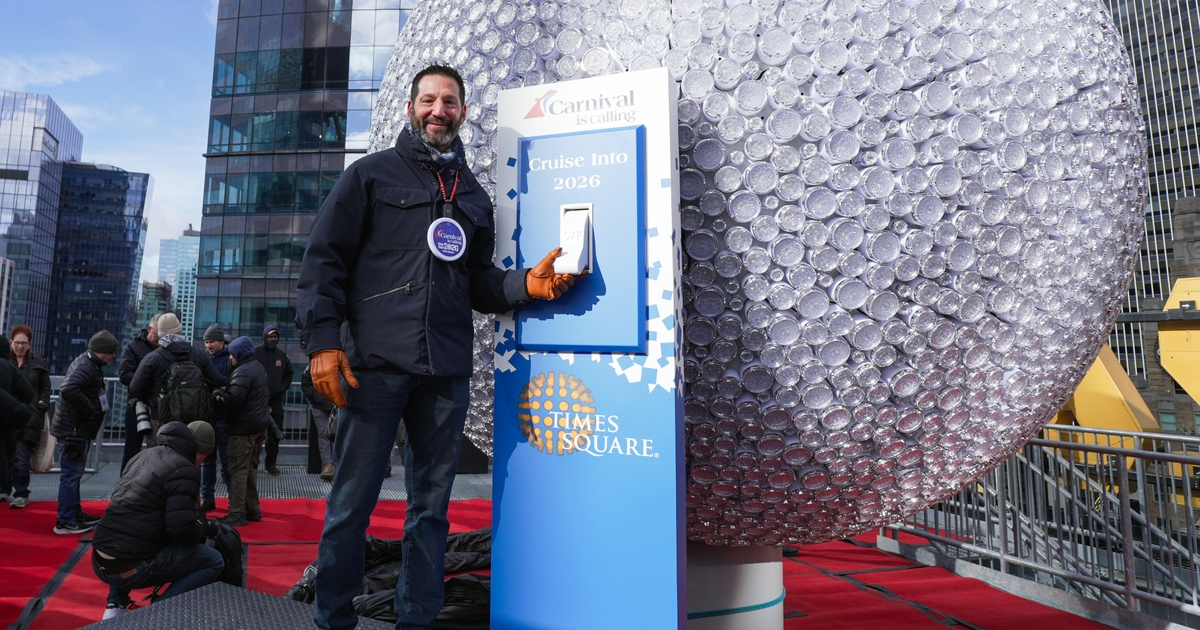Blog
-
Access Restricted
Access Restricted -

Variational Quantum Eigensolver Enables 27% Faster Molecular Energy Level Calculations With HiUCCSD
Determining the energy levels of molecules presents a significant challenge for quantum computing, yet solving this problem forms one of the most promising paths toward realising practical quantum advantage in the near future. Runhong He,…
Continue Reading
-

More than half a million chikungunya cases reported globally in 2025
CDC / James Gathany Through December 10, the world has seen more than 500,000 chikungunya cases worldwide, with almost 300,000 in the Americas region alone, the World Health Organization (WHO) reported in a risk assessment yesterday.
With a…
Continue Reading
-

Quantum Optimization Advances With Scalable 50-Qubit QAOA For NISQ Hardware
Quantum optimisation seeks to find the best solution from a vast number of possibilities, a challenge that currently strains even the most powerful computers, and researchers are now exploring ways to harness the principles of quantum…
Continue Reading
-

AMERICA’S CRUISE LINE BRINGS EXTRA SPARKLE TO AMERICA’S BIGGEST NEW YEAR’S CELEBRATION
Carnival Cruise Line is returning to New York’s Times Square to light the iconic New Year’s Eve Ball for the fifth year in a row, with Josh Weinstein, CEO of Carnival Corporation & plc, leading the company’s delegation as guests across Carnival’s fleet celebrate the new year with festivities at sea.
In addition to serving as the official cruise line sponsor for Times Square New Year’s Eve once again, Carnival will also sponsor one of the Times Square musical performances featured in “Dick Clark’s New Year’s Rockin’ Eve with Ryan Seacrest 2026” on ABC, which airs live beginning at 8 p.m. EST on Dec. 31 and streams the next day on Hulu.
“We’re thrilled to bring Carnival fun back to Times Square for our fifth year as we celebrate a phenomenal year for our company,” said Weinstein. “2025 has been transformative with the successful opening of Celebration Key, record-high guest satisfaction, and continued momentum across Carnival Corporation. As we light the Ball in 2026, we’re looking forward to delivering even more unforgettable vacation happiness to families around the world—something our guests repeatedly tell us we do so well.”
Carnival is celebrating major milestones from 2025, including welcoming the one-millionth guest to Celebration Key just this month. The exclusive destination in Grand Bahama, which sits on over a mile of white sand beach and is set among the largest freshwater lagoons in the Caribbean, has become a guest favorite since opening in July. The cruise line also launched a new way to tell its story. The “Carnival Is Calling” campaign kicked off in November, featuring the “Find Your Fun Again” commercials starring Emmy-winning actor, author, and humorist Nick Offerman. Offerman serves as the face of the campaign, leveraging his deadpan humor and sense of mischief to tackle America’s perceived fun deficit.
With even more exciting developments planned for 2026 and beyond, Carnival continues to set the pace for the growing popularity of cruise vacations.
“We enter 2026 with incredible momentum and deep gratitude for our amazing guests, dedicated team members, travel advisors and partners who make Carnival the leading cruise line,” said Christine Duffy, president of Carnival Cruise Line. “As we ring in the new year, Celebration Key continues to be a must-visit destination for our guests, and we’re excited to keep delivering the fun, memorable vacations that our guests love while setting the stage for more success to come.”
For additional information on Carnival Cruise Line and to book a cruise vacation, call 1-800-CARNIVAL, visit www.carnival.com, or contact your favorite travel advisor or online travel site.
Group Photo (From L to R): Julie Coker, NYC Tourism + Conventions; Josh Weinstein, Carnival Corporation; Sherri White, One Times Square; Tom Harris, Times Square Alliance; and Jeffrey Straus, Countdown Entertainment.
Continue Reading
-

Vancouver rolls out new all-access community center membership -The City of Vancouver, WA
Vancouver rolls out new all-access community center membership
December 30, 2025
Beginning January 2026, Vancouver Parks, Recreation and Cultural Services will launch the new Vancouver Community Center Membership that unlocks full access to both Firstenburg (700 N.E. 136th Ave.) and Marshall (1009 E. McLoughlin Blvd.) community centers.
Under the new Vancouver Community Center Membership, members can take full advantage of the extensive amenities at both centers. From the impressive 25-yard lap swim area at Marshall to the exciting water play area and relaxing lazy river at Firstenburg, both centers offer unique opportunities for fitness and fun. With access to more than 60 group classes, impressive fitness centers, and gymnasiums with drop-in pickleball, basketball and volleyball, members can now choose activities based on their schedule, location or interests, near work or closer to home.
“We’re excited to offer the community even more value and flexibility,” said David Perlick, director of Vancouver Parks, Recreation and Cultural Services. “This streamlined membership makes it easier than ever to find fitness programs you love, connect with neighbors and stay active, wherever you are in the city.”
This new combined membership aims to increase opportunities for fitness, recreation, and community building across Vancouver, making it simpler for individuals, families and seniors to stay active and connected. Memberships range from $22-$41 a month for Vancouver residents based on age; family memberships are also available.
Stop by for a tour or sign up for a membership at either Firstenburg or Marshall center, starting Jan. 2, 2026. Staff are happy to answer questions and interpretation services are available. Current members will automatically receive access to both centers in the new year.
For more information and full pricing details, visit www.cityofvancouver.us/community-center-membership.
Media contact: Melody Burton, Senior Communications Specialist, melody.burton@cityofvancouver.us, 360-869-8746
Firstenburg and Marshall centers host a variety of water exercise classes 

Firstenburg and Marshall centers host a variety of water exercise classes 

Enjoy welcoming fitness centers and set goals with an on-site personal trainer. Continue Reading

